
Introduction
House floor plans play a crucial role in creating the perfect home. They provide a detailed layout of the different rooms, their sizes, and how they are interconnected. Whether you are building a new house or renovating an existing one, having a well-designed floor plan is essential for functionality and aesthetics.
The Importance of House Floor Plans
A well-thought-out floor plan can optimize the available space and enhance the flow of movement within the house. It allows homeowners to visualize the placement of furniture, identify potential design flaws, and make necessary adjustments before construction begins.
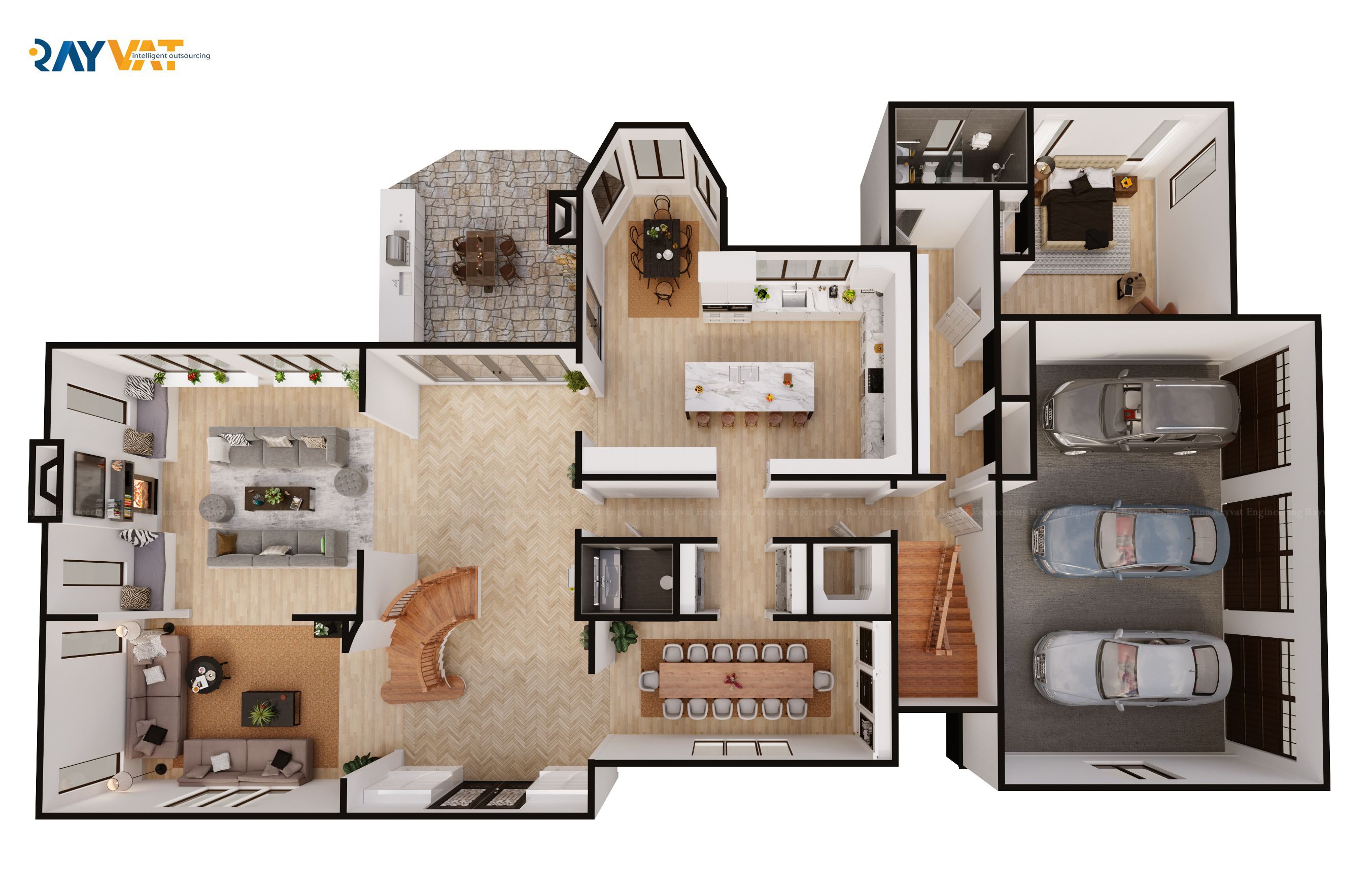
Moreover, house floor plans are vital for architectural and interior design purposes. Architects and designers rely on accurate floor plans to create harmonious spaces that meet their clients' needs and preferences.
Types of House Floor Plans
There are various types of house floor plans, each catering to different lifestyles and preferences:
1. Single Story Floor Plans
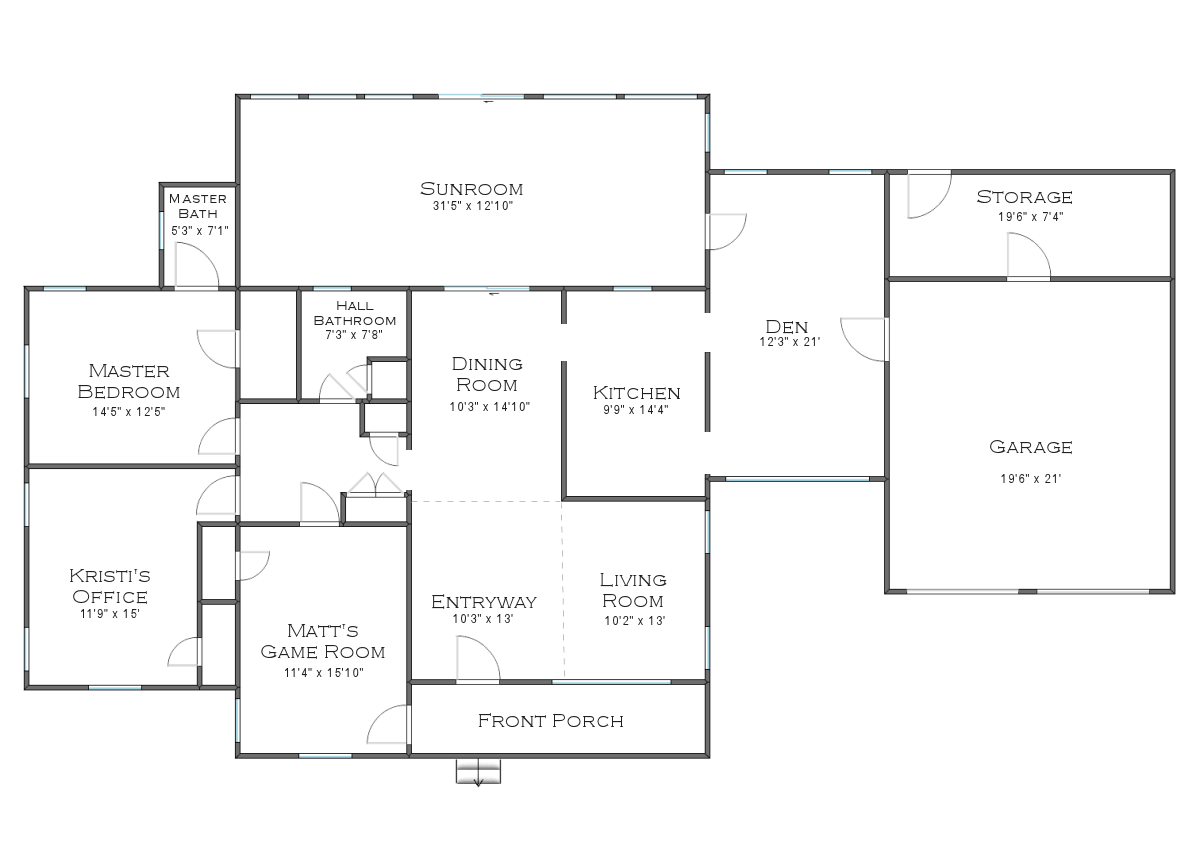
Single story floor plans, also known as ranch-style homes, are popular among individuals seeking easy accessibility and convenience. These plans eliminate the need for stairs, making them suitable for aging individuals or those with mobility challenges.
2. Two-Story Floor Plans
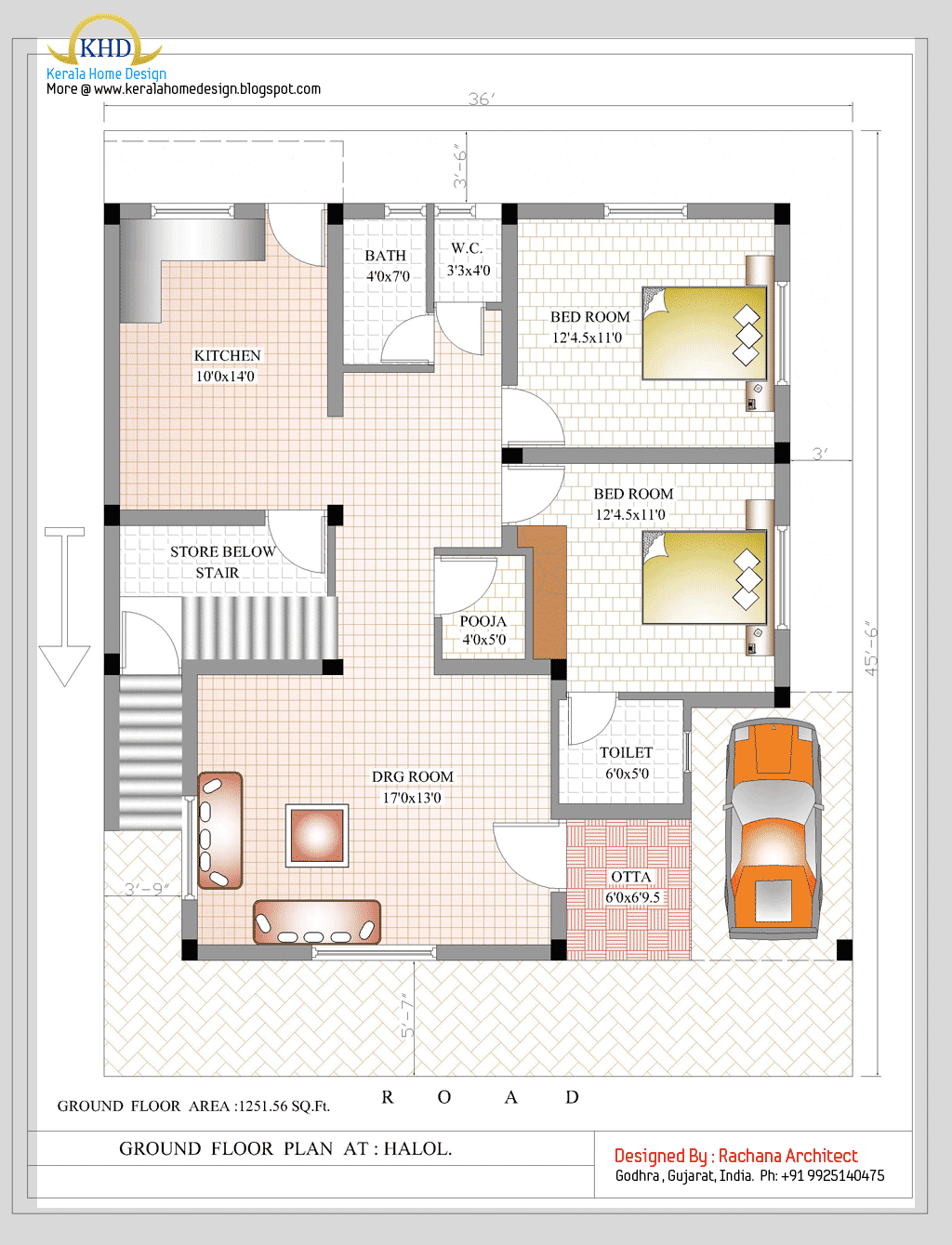
Two-story floor plans offer additional space for bedrooms and recreational areas. They provide privacy by separating living areas from bedrooms and are ideal for families or those who desire more room for various activities.
3. Open Floor Plans

Open floor plans are characterized by a lack of walls or partitions between the common areas, such as the living room, dining room, and kitchen. They create a sense of spaciousness, promote natural light, and facilitate social interactions.
4. Traditional Floor Plans
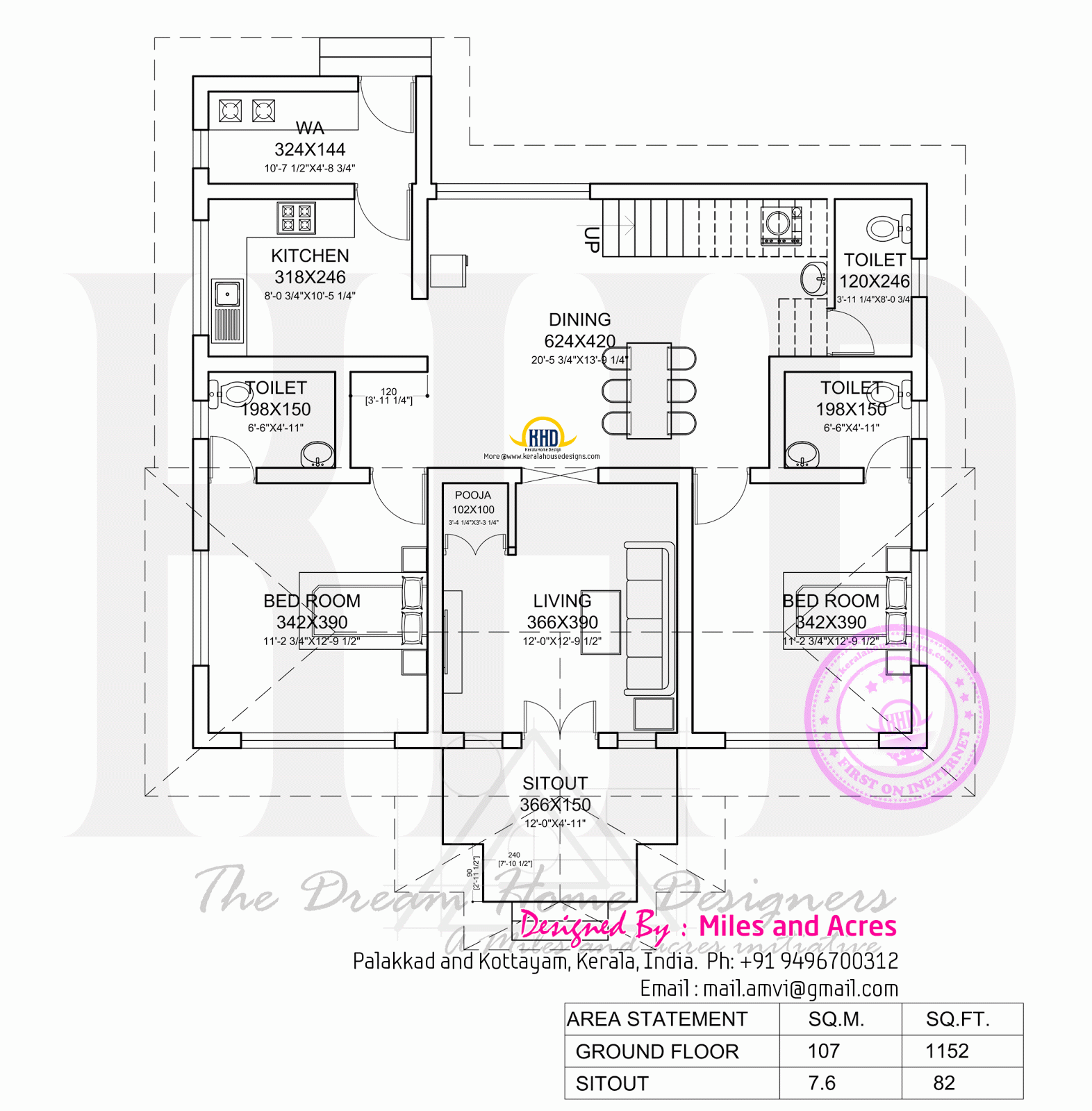
Traditional floor plans feature separate rooms with defined functions, such as formal dining rooms and closed kitchens. They offer a more traditional and formal living arrangement, ideal for those who prefer distinct spaces for different activities.
Considerations for Creating House Floor Plans
When creating house floor plans, several factors should be taken into account:
1. Lifestyle
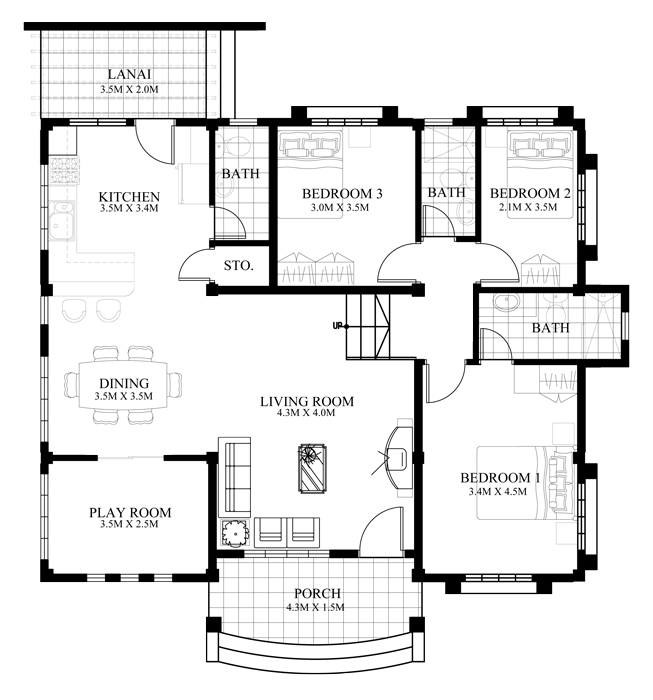
Your lifestyle and daily activities should guide the layout of your house. Consider the number of family members, their ages, and their specific needs. For example, if you enjoy hosting gatherings, an open floor plan with a spacious kitchen and living area would be ideal.
2. Future Expansion
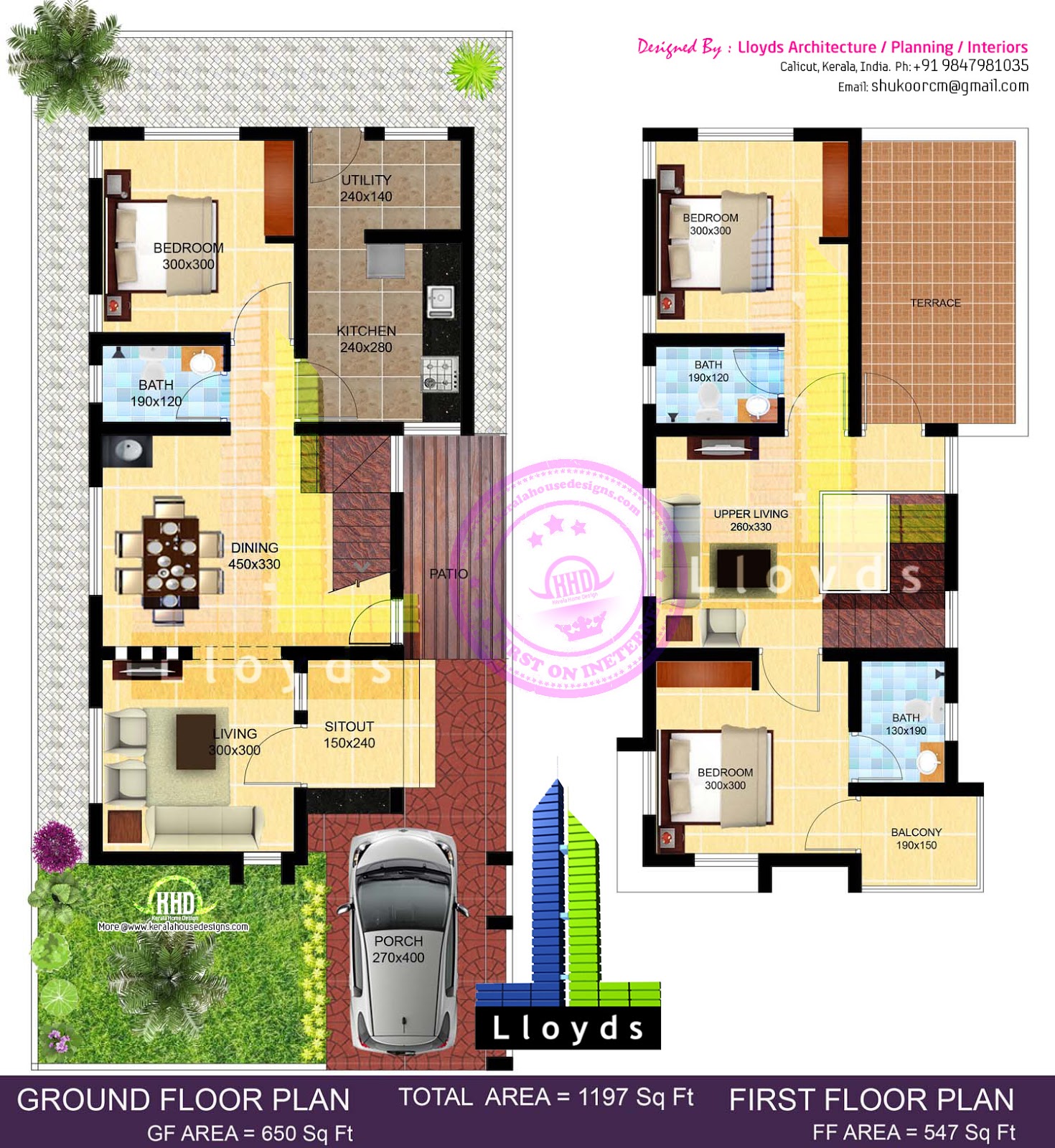
Think about potential future expansions or modifications to accommodate changing needs. It is advisable to include flexible spaces that can be easily converted into additional bedrooms, home offices, or recreational areas.
3. Natural Lighting

Maximize natural lighting by positioning windows strategically. Well-lit spaces not only create a pleasant atmosphere but also help reduce energy consumption by minimizing the need for artificial lighting during the day.
4. Flow and Circulation

Consider the flow of movement within the house. Ensure that rooms are easily accessible and well-connected, avoiding any unnecessary detours. A well-designed floor plan allows for seamless transitions between different areas, enhancing convenience and functionality.
The Role of Technology in House Floor Plans
Advancements in technology have revolutionized the creation and visualization of house floor plans:
1. 3D Modeling
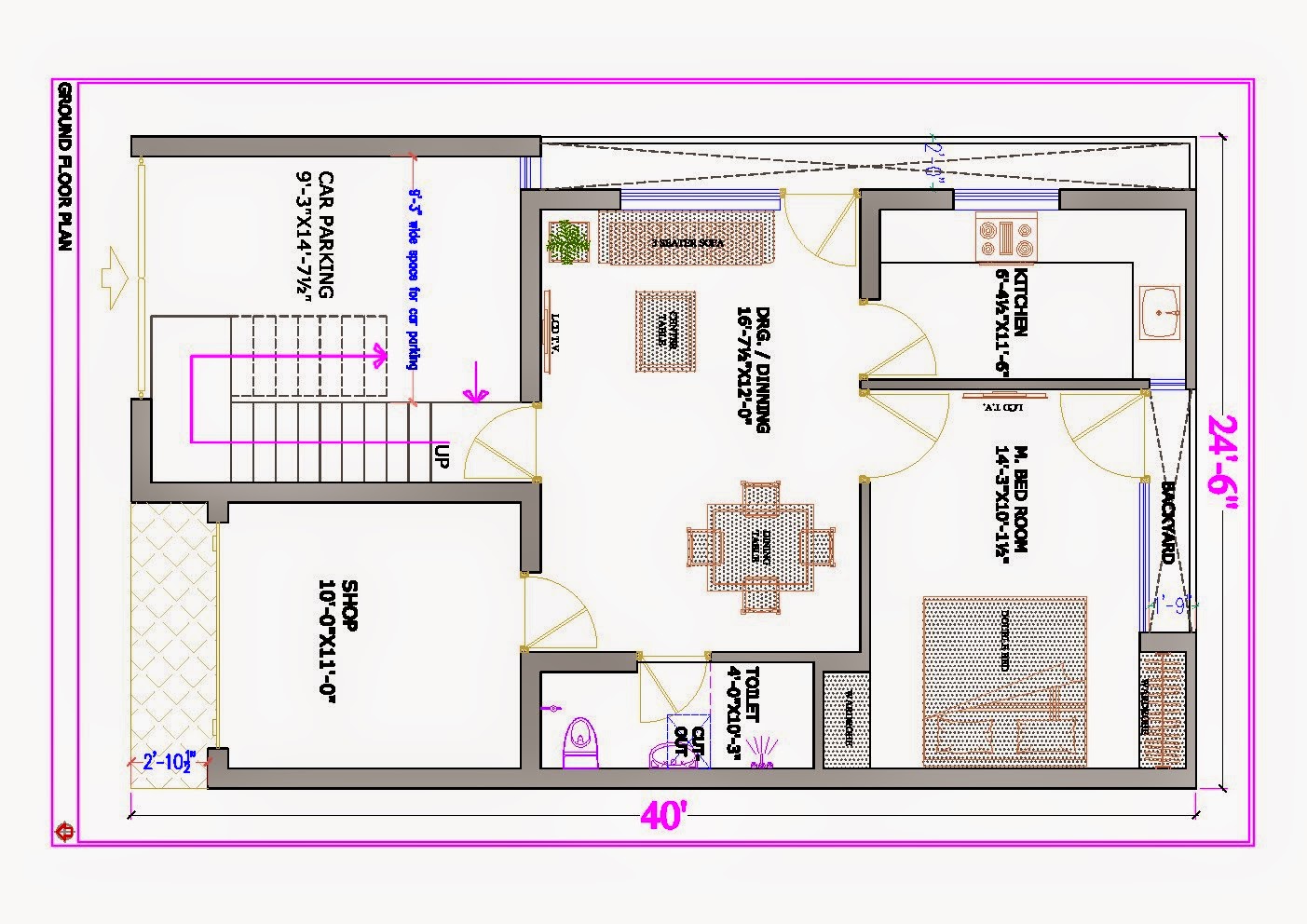
With 3D modeling software, architects and designers can create accurate and realistic representations of floor plans. This allows homeowners to visualize the final product, make informed decisions, and suggest modifications before construction.
2. Virtual Reality

Virtual reality technology enables individuals to immerse themselves in a virtual walkthrough of their house floor plans. This immersive experience provides a realistic sense of scale, proportions, and spatial relationships, helping homeowners better understand the layout.
Conclusion
In conclusion, house floor plans are crucial for creating functional and aesthetically pleasing homes. They allow homeowners, architects, and designers to visualize and optimize space, consider lifestyle needs, and plan for future expansions. With advancements in technology, the process of creating and visualizing house floor plans has become more efficient and immersive.